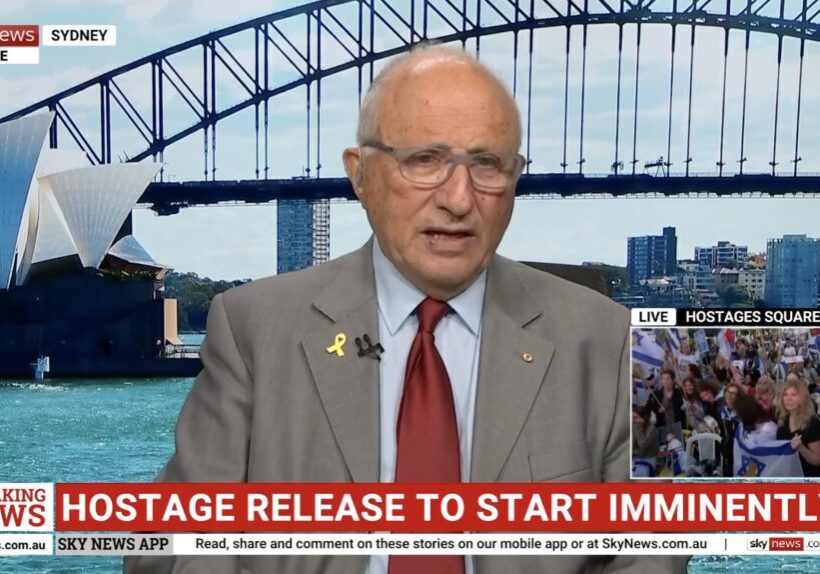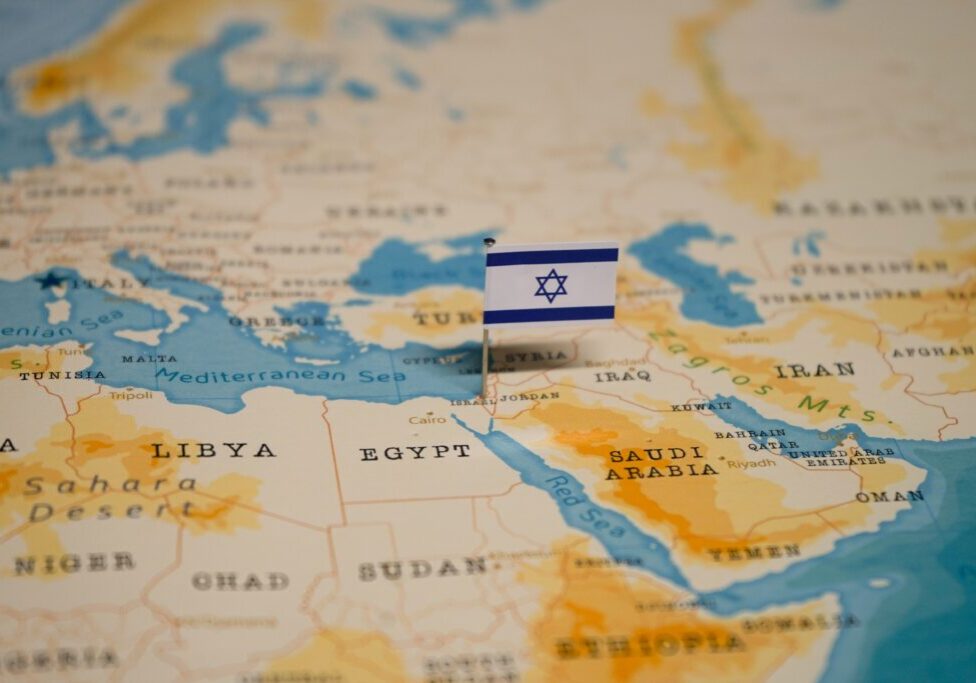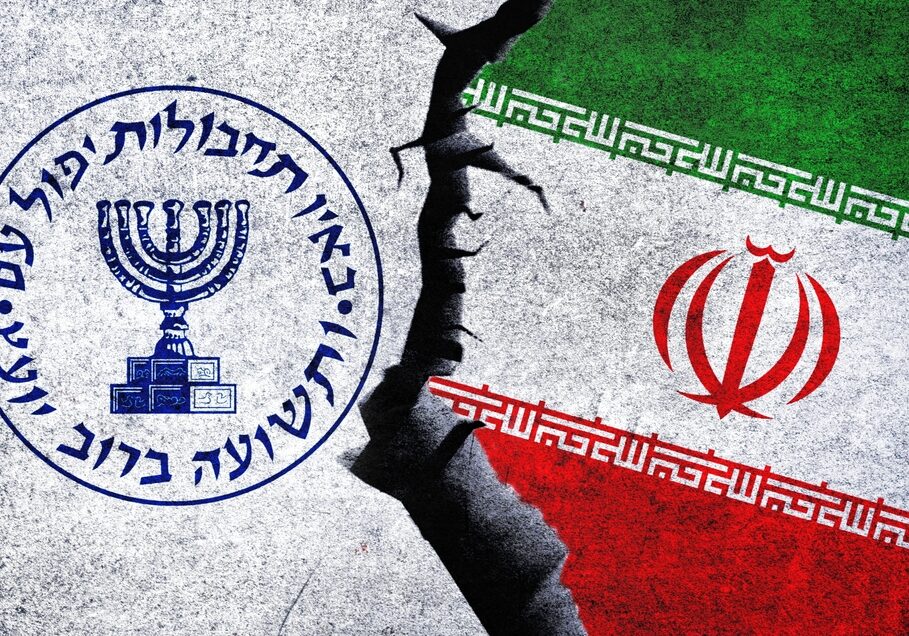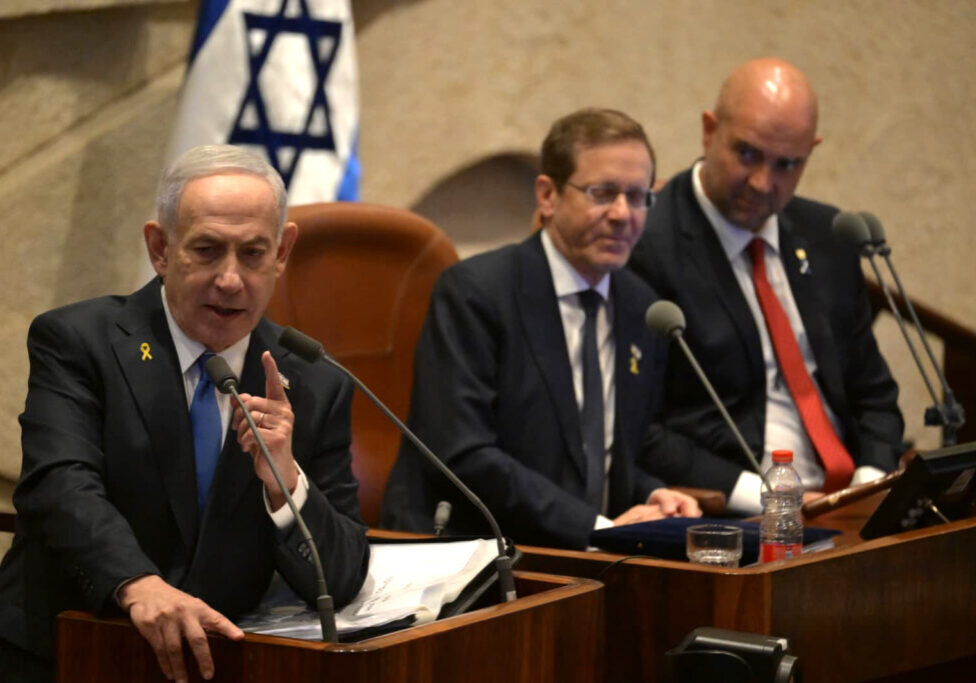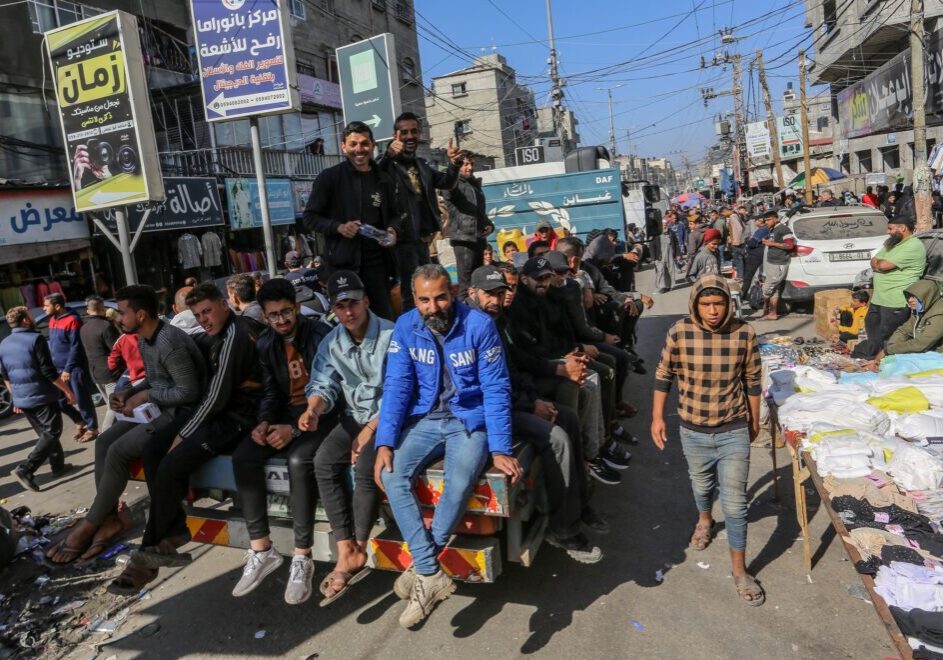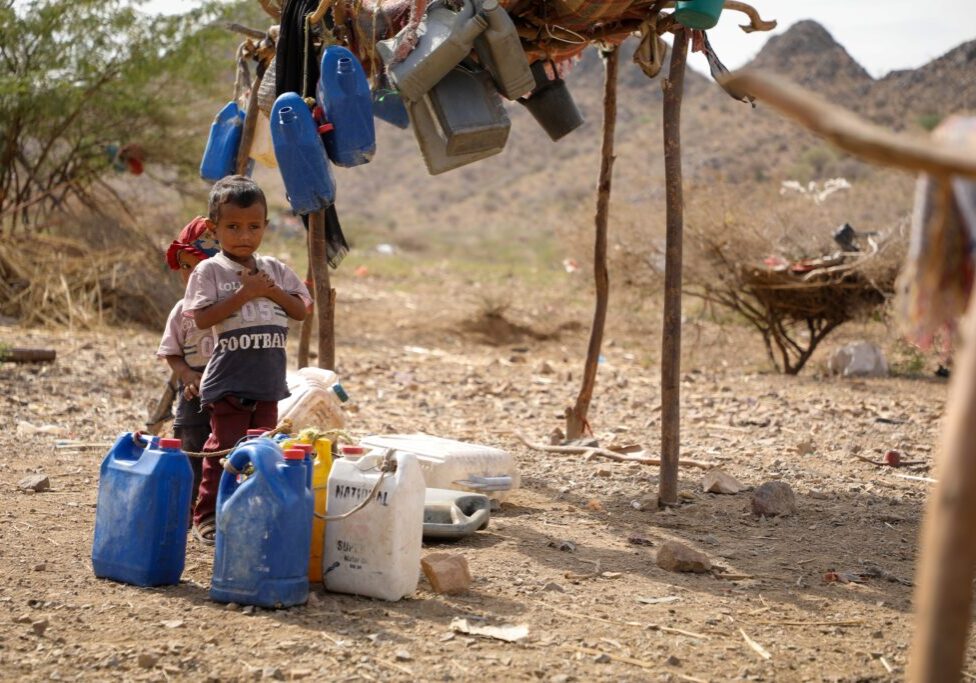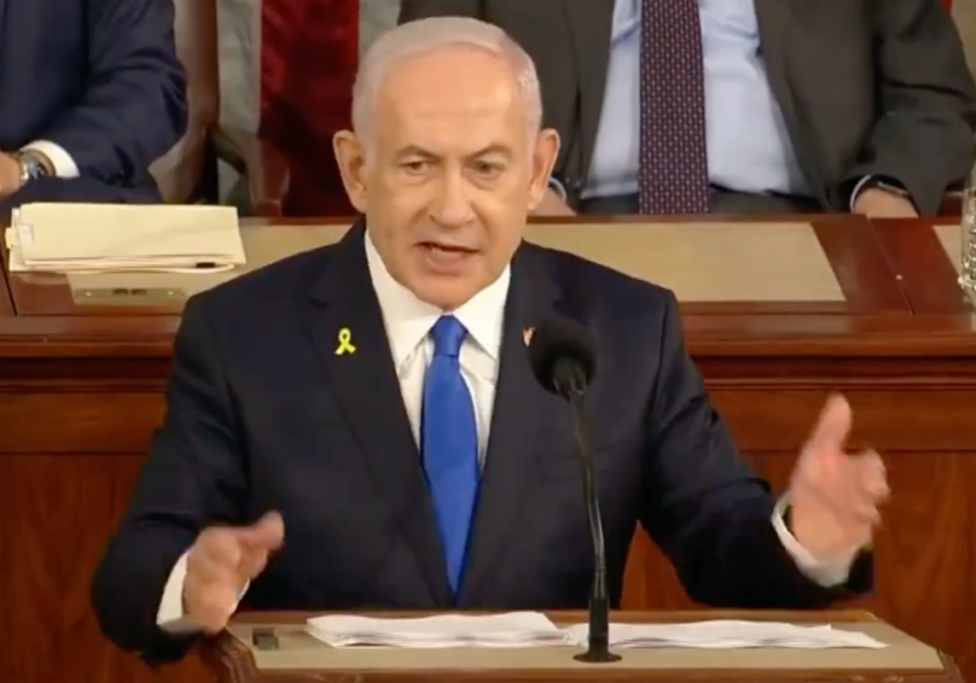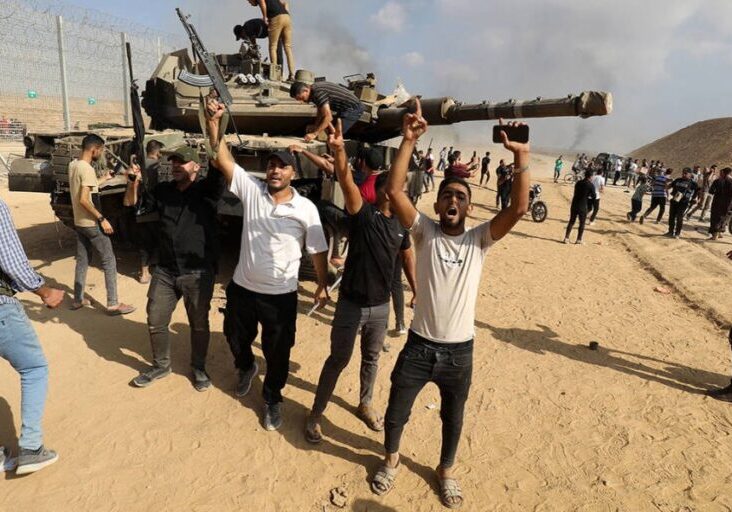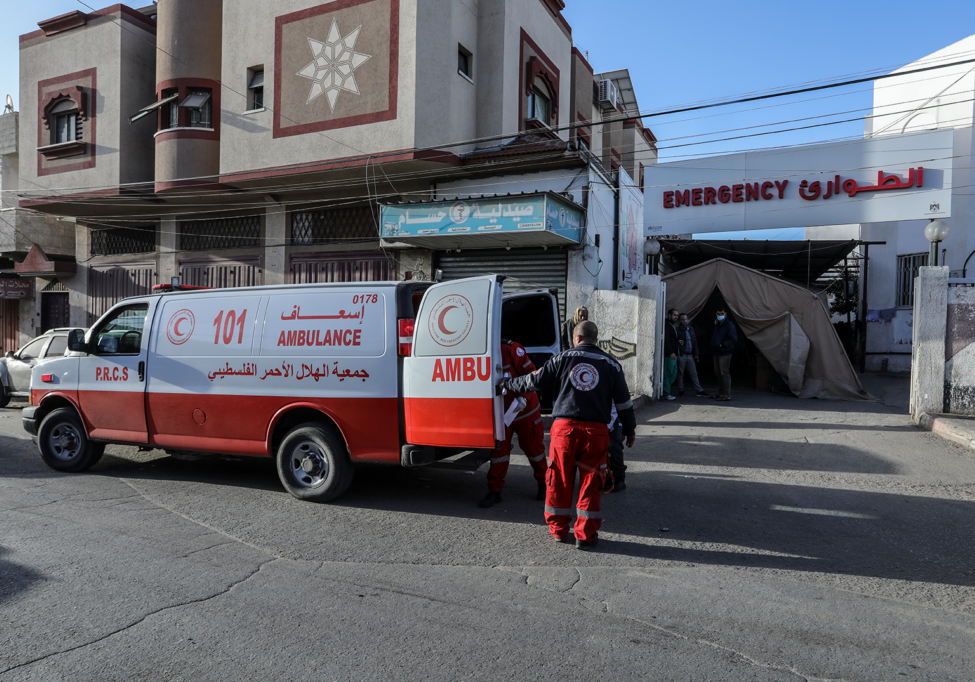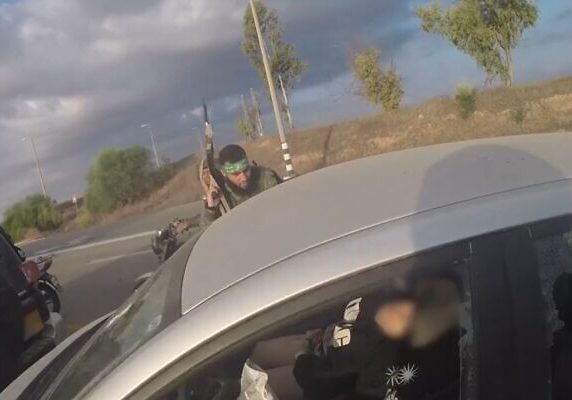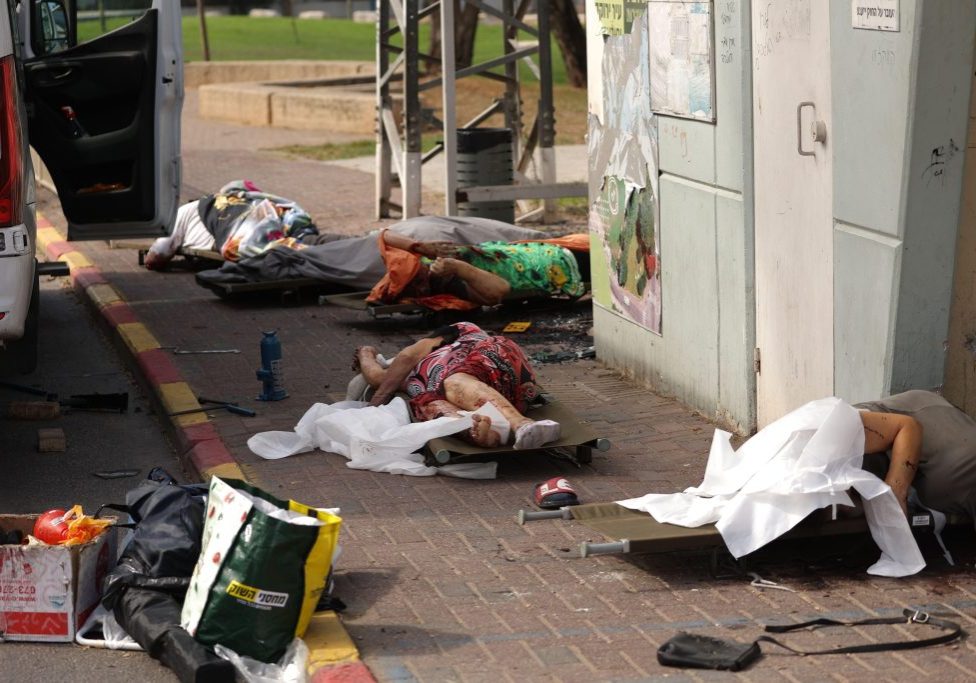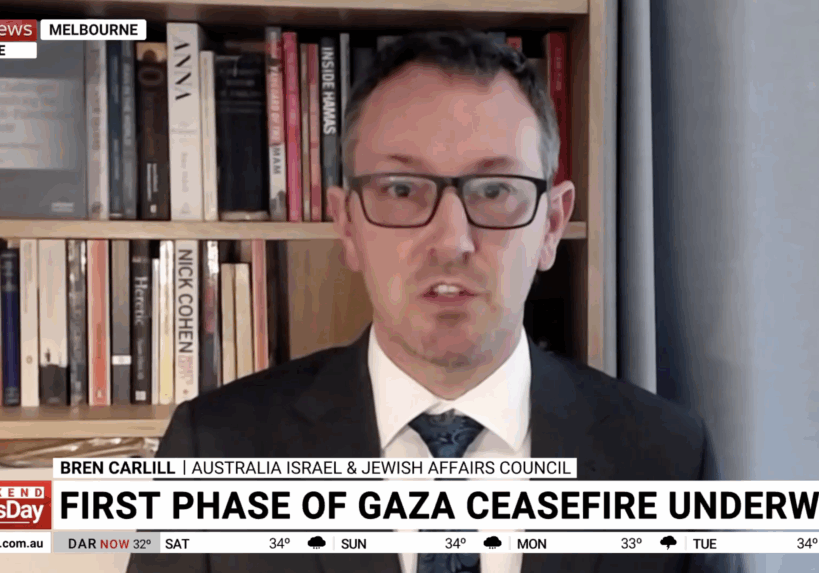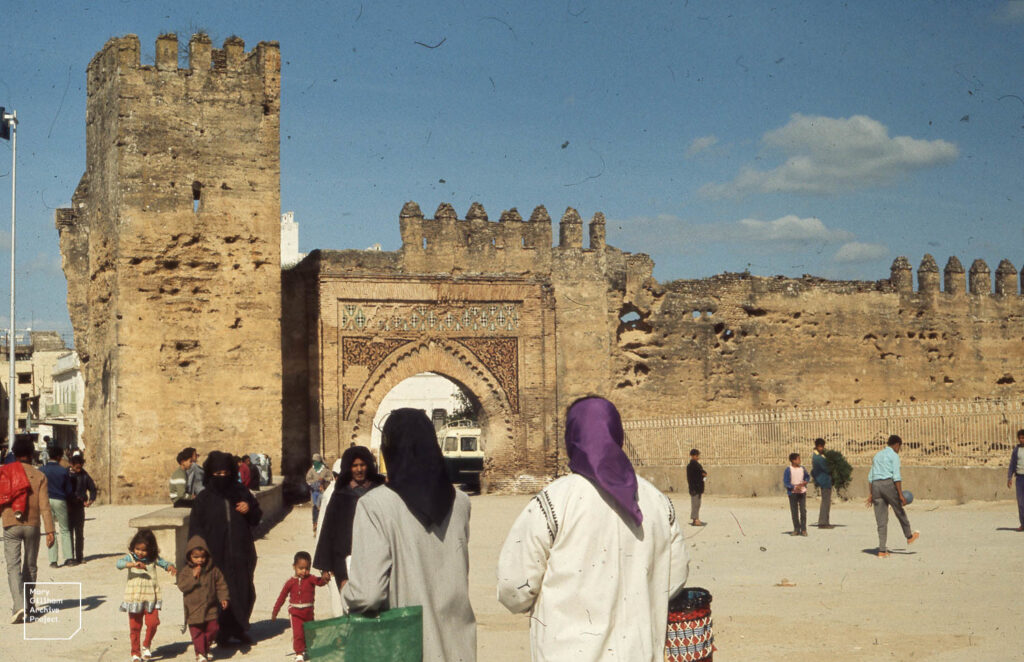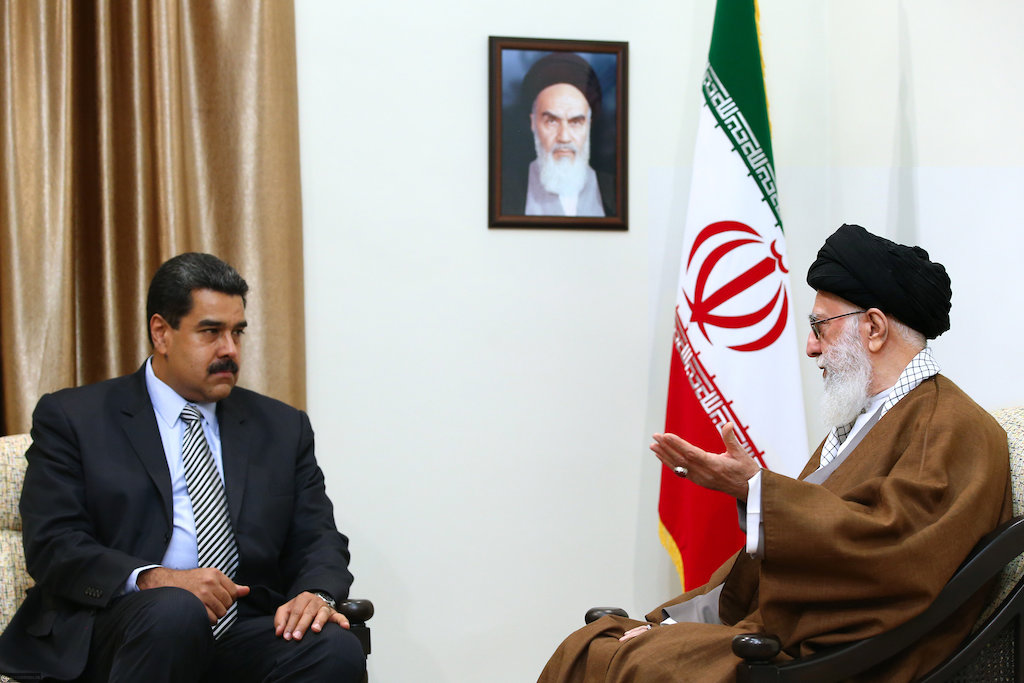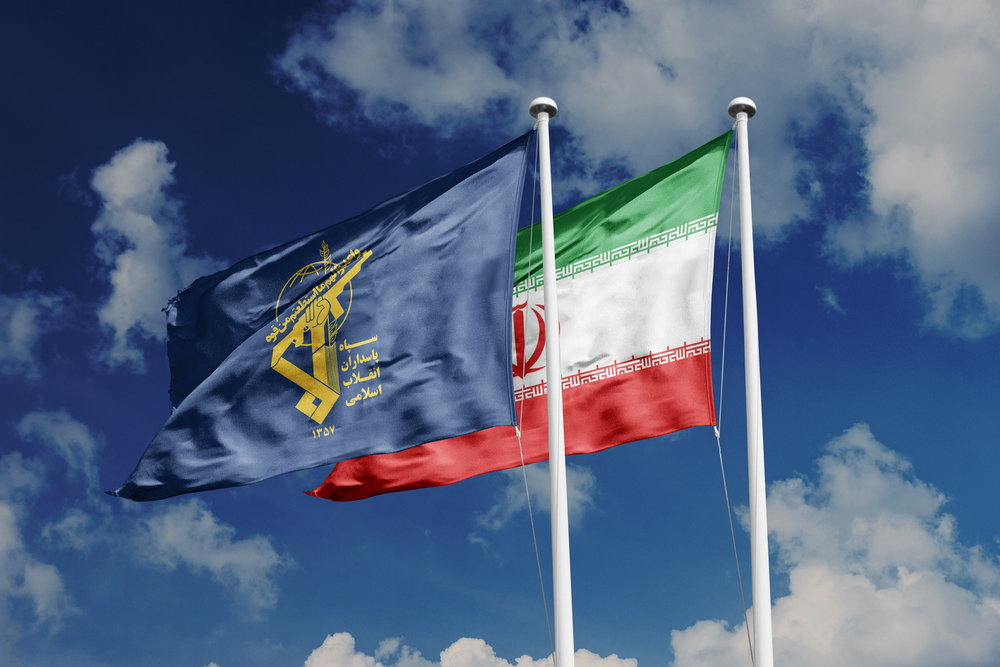FRESH AIR
What to do as Iran ups the ante in Ukraine
October 27, 2022 | Oved Lobel
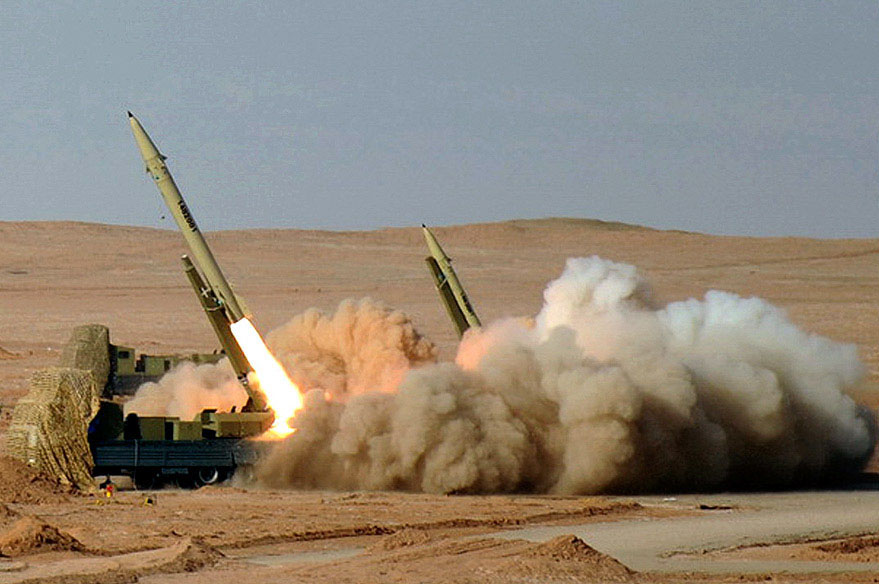
As soon as the US announced in July that Russia was purchasing hundreds of drones from Iran, I warned that without a decisive response by Europe and the US, Iran would also likely provide Russia with ballistic missiles and that the Islamic Revolutionary Guard Corps (IRGC) would establish an operational presence in areas of Russian-occupied Ukraine and potentially Belarus.
Unfortunately, no such decisive response was forthcoming, which is why the IRGC reportedly finalised a deal in Moscow on Sept. 18 to transfer hundreds of Fateh-110 and Zolfaghar ballistic missiles, with respective ranges of 300km and 700km, to Russia, something confirmed to Reuters by senior Iranian officials. Iran’s Moscow airlift since the start of the war has seen at least 68 Iranian cargo flights flying to Russia to date, although it’s unclear whether the missiles are already in Russian hands.
Intriguingly, there is evidence of Iranian mortars and ammunition being used by Ukraine as well, and while some of these are likely weapons intercepted en route to the Houthis in Yemen and given to Ukraine, some may actually have been purchased directly from Iran.
Unconfirmed reports indicate Iran is also providing helmets, body armour and a longer-range so-called “suicide drone”, the Arash-2/Kian-2, alongside its provision of Shahed-136 (Geranium-2) and Shahed-131 (Geranium-1) drones, as well as other types, such as the Mohajer-6. Many more drones are also being delivered. According to Ukrainian intelligence, Russia has ordered approximately 1,700 drones, which are being delivered in batches of approximately 300, although Ukrainian President Volodymyr Zelensky has given a figure of 2,400 Shahed-type drones alone.
The IRGC has also established a confirmed operational presence in Crimea, overseeing Russian drone attacks on Ukrainian critical infrastructure. Furthermore, there are unverified reports that IRGC personnel have been killed in Kherson and are active in Belarus.
On a positive note, Ukraine has had success in mitigating the drone threat, claiming to have shot down at least 222 of the 330 used to date and that only approximately 30% strike their target or nearby. Western officials already in August reported numerous technical failures, and the White House recently reiterated that the drones experience “operator and system failures.” Of the approximately 20 Mohajer-6 drones reportedly given to Russia, five have already been lost.
The drones, for all the terror and damage they’ve inflicted, have not had a decisive role on the battlefield, according to Ukrainian commanders, and can also be jammed. Both the British Ministry of Defence and the US Defense Department have confirmed Ukrainian success against the drones, with the latter assessing on Oct. 20 “that the Ukrainians have been pretty effective in terms of shooting a lot of those drones down… they have not quite probably met Russian goals in terms of their ability to strike targets.”
However, ballistic missiles, especially coupled with drone swarms, could be a strategic game-changer for Russia. Unlike Saudi Arabia or Israel, which both possess massive air forces and Integrated Air Defence Systems (IADS) consisting of all the most sophisticated planes and air defence systems, Ukraine cannot consistently defend against Iranian ballistic missiles, which have far larger payloads, dangerous accuracy and are far more difficult to shoot down. These will be used to double down on Russia’s terror campaign against critical infrastructure and civilian targets, killing Ukrainian civilians en masse by striking cities and trying to shut down all power during winter to ensure mass civilian suffering.
Western Response
Since my previous piece in early October criticising the almost universal lack of condemnation or sanctions over Iranian drone shipments, both the European Union and the UK have rectified their silence and imposed sanctions, asserting that the drone shipments violate UN Security Council resolution 2231, which codified the Joint Comprehensive Plan of Action (JCPOA) nuclear deal. Unfortunately, Australia continues to refuse to even mention Iran’s involvement in Ukraine, much less join its allies in imposing sanctions.
The US has also taken the lead in trying to cobble together an IADS for Ukraine in the long term based around a variety of short, medium and long-range air defence systems donated by multiple countries, while NATO has pledged hundreds of counter-drone systems.
There is, however, far more to be done when it comes to both sanctions and export controls. Iran is entirely dependent on Western and Chinese commercial components for its weapons industry. An intact Mohajer-6 dissected by Ukraine revealed that it used civilian engines and cameras from Austria, Japan, the US and China. Iranian suicide drones are also made from off-the-shelf commercial components from across the world, including Sweden, South Korea, the US and China. Iran’s ability to procure these parts en masse must be closed off.
Additionally, as Emanuele Ottolenghi at the Foundation for Defense of Democracies recently argued, not only the planes and carriers, but the pilots and crews flying Iranian weapons systems to Russia must be sanctioned to disrupt the airlift.
Finally, Iran possesses only a handful of cargo planes capable of delivering its drones and missiles. These must ultimately be seized or destroyed, either through sabotage, attacks on the ground in Iran or interception over Central Asia before reaching Russia, thus forcing these planes to land in a country relatively friendly to the US where they can be impounded. At the very least, convincing Central Asian states and other regional countries to close their airspace to these Iranian cargo flights must be a priority.
RELATED ARTICLES

Sentencing for antisemitic vandalism “manifestly inadequate”: Joel Burnie on Sky News

“Bittersweet” aftermath of hostage release deal: Joel Burnie on Sky News
